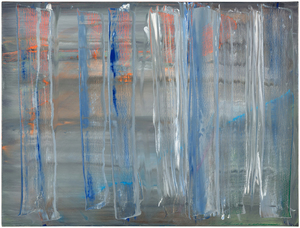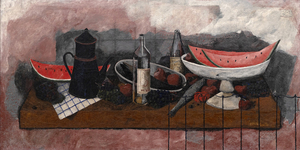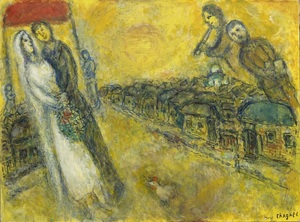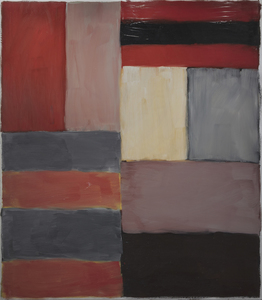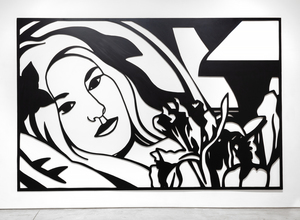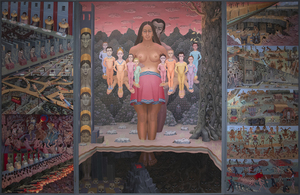LOS ANGELES

CHIP TOM
Senior Curator and Director of Museum Relations
Palm Desert, Los Angeles
Chip Tom is the Senior Curator for Heather James Fine Art and is based in Los Angeles and Palm Desert. He has curated many acclaimed art and design exhibitions globally, including Ketty La Rocca, and The Other Side: Chinese and Mexican Immigration to America. Chip has worked with museums ranging from Centre D’Art Contemporain, Geneva, to the USC Pacific Asia Museum, Pasadena. Most recent projects include serving as the guest curator for Art Macau 2019. He received his BA from Yale University. Chip lectures extensively with recent groups including the California Desert Art Council, and Yale University Alumni.
HEATHER JAMES FINE ART – LOS ANGELES has become a valuable resource for local clients, providing a wide array of support and assistance for a vast range of properties. With the help of Heather James Fine Art experts, our representatives are able to assist you if you have questions regarding buying or selling, or wish to have an object from your collection valued.
We provide a wide range of client-based services including estate and tax planning, collections management, appraisals, logistics management, acquisitions, and financial services.
IN THE NEWS
SERVICES
Heather James Fine Art provides a wide range of client-based services catered to your specific art collecting needs. Our Operations team includes professional art handlers, a full registrar department and logistical team with extensive experience in art transportation, installation, and collection management. With white glove service and personalized care, our team goes the extra mile to ensure exceptional art services for our clients.
GET TO KNOW US
GALLERIES
45188 Portola Avenue
Palm Desert, CA 92260
(760) 346-8926
Hours: By appointment
172 Center Street, Suite 101
P.O. Box 3580
Jackson Hole, WY 83001
(307) 200-6090
Hours: By appointment
CONSULTANCIES
FEATURED ART





















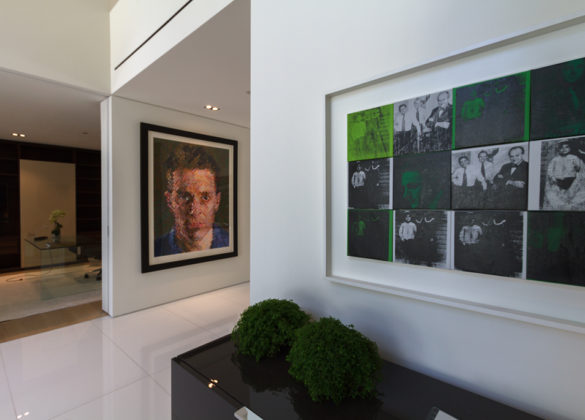
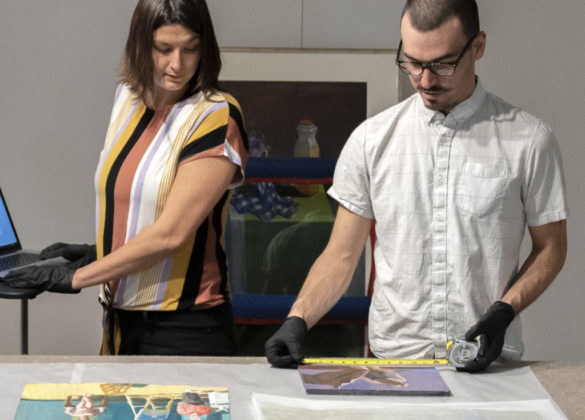






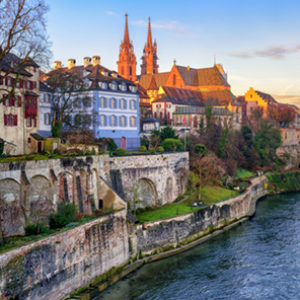




_tn47012.jpg )
,_new_mexico_tn40147.jpg )
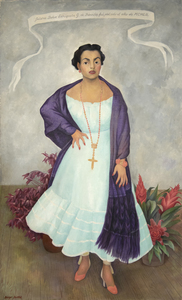
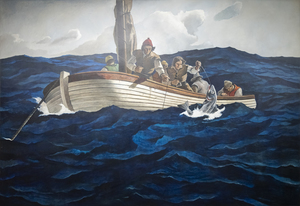
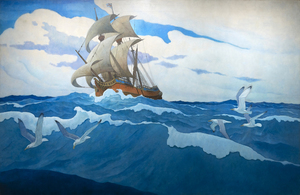
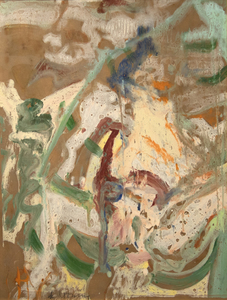
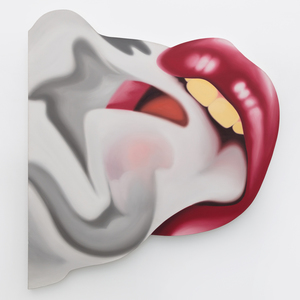

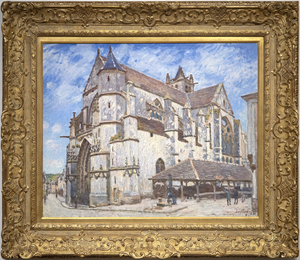
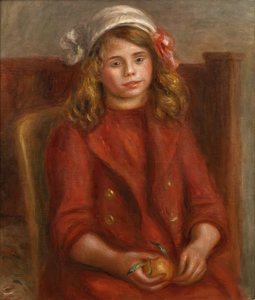
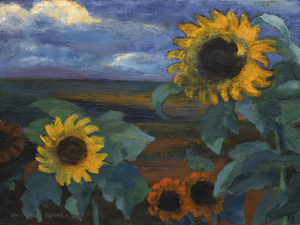
_tn43950.jpg )
